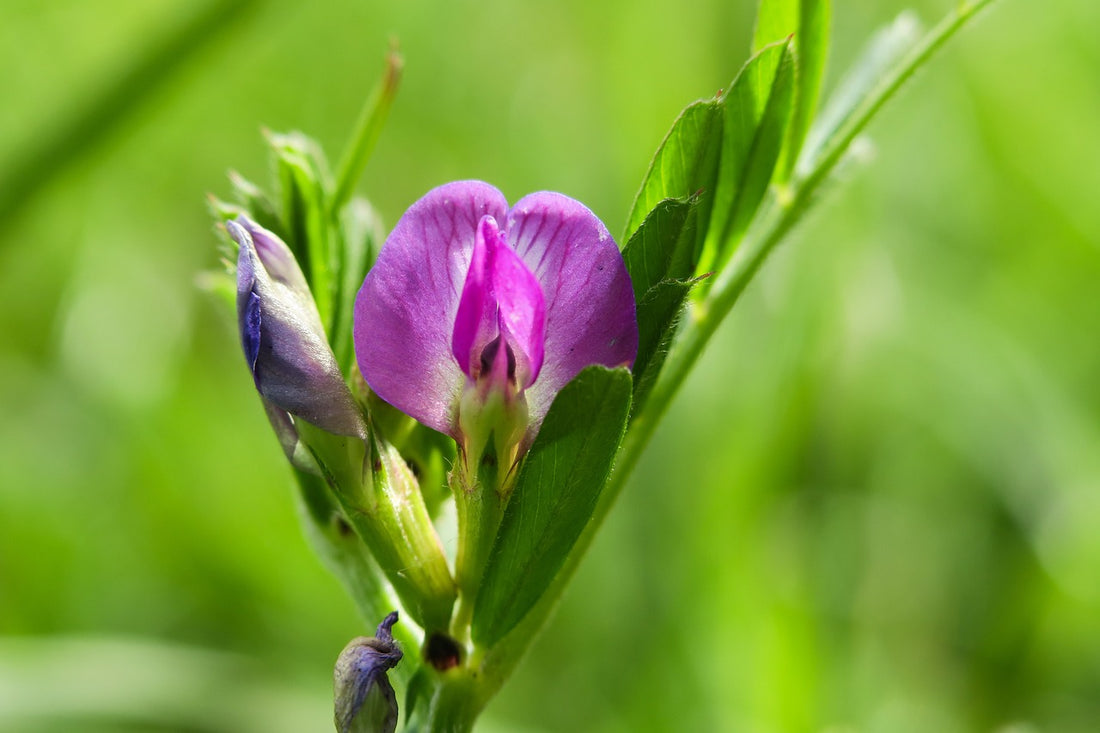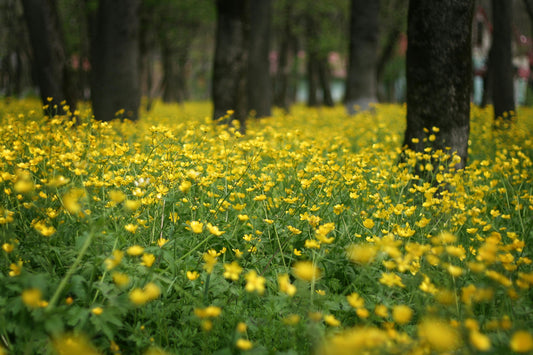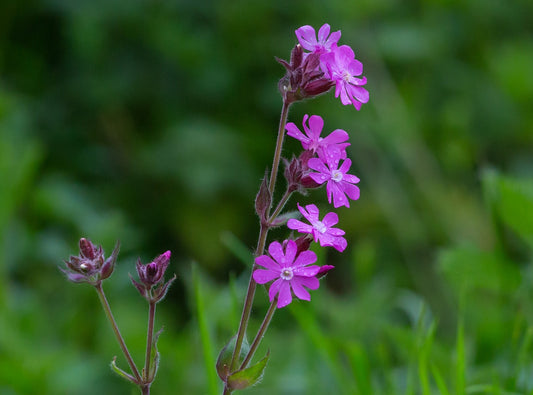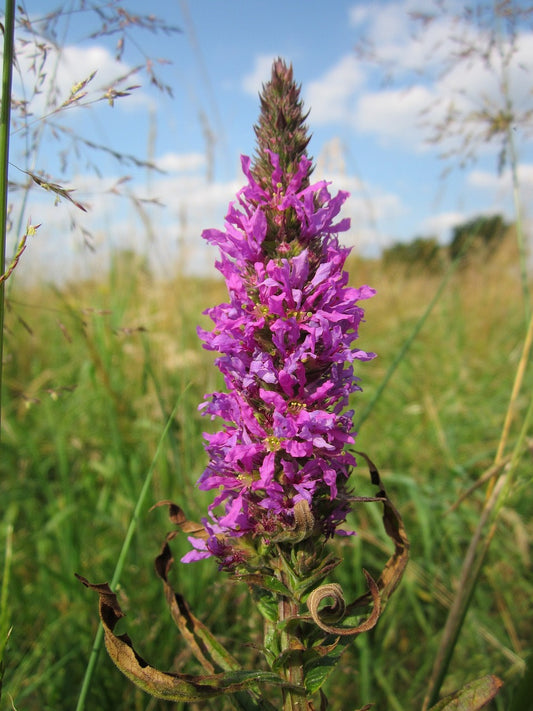
Grow Your Garden’s Potential: A Comprehensive Guide to Sowing Common Vetch
Sowing Common Vetch: A Complete Guide to Growing This Beneficial Legume
Common Vetch (Vicia sativa) is an excellent addition to any garden, known for its nitrogen-fixing properties and beautiful purple flowers. This comprehensive guide will help you understand how to sow, grow, and care for Common Vetch effectively.
What is Common Vetch?
Common Vetch is a versatile legume native to Europe and Asia. It is valued for its ability to fix nitrogen in the soil, enhancing soil fertility. The plant features delicate, climbing stems and clusters of small, purple flowers that attract pollinators. It is often used as a cover crop, green manure, or forage plant.
Benefits of Growing Common Vetch
Planting Common Vetch offers several advantages. It improves soil structure and fertility by adding nitrogen to the soil, which benefits subsequent crops. Additionally, Common Vetch can suppress weeds and provide excellent forage for livestock.
Best Time to Sow Common Vetch
The best time to sow Common Vetch is in early spring or late summer. Spring sowing allows the plant to establish before summer, while autumn sowing lets the vetch over-winter and thrive in the spring.
Choosing the Right Location for Common Vetch
Common Vetch thrives in full sun but can tolerate partial shade. It prefers well-drained soil but can adapt to various soil types, including sandy and clay soils. Ensure the planting area has good drainage to avoid waterlogging.
Preparing the Soil for Common Vetch
1. Soil Preparation: Clear the area of weeds and debris. Loosen the soil to a depth of about 15 cm (6 inches) and incorporate organic matter or compost to improve soil fertility and structure.
2. Soil pH: Common Vetch prefers a neutral to slightly alkaline pH. Aim for a pH range of 6.0 to 7.5 for optimal growth.
How to Sow Common Vetch Seeds
1. Sowing Seeds: Scatter the Common Vetch seeds evenly over the soil surface. Lightly rake the soil to cover the seeds with a thin layer of soil or compost. The seeds need light to germinate, so avoid planting them too deeply.
2. Watering: Keep the soil consistently moist until the seeds germinate. Once established, Common Vetch is relatively drought-tolerant but will benefit from occasional watering during dry spells.
Caring for Common Vetch Plants
After sowing, Common Vetch requires minimal care. Regular weeding and occasional watering will help the plants thrive. As the plants grow, they may need support to climb, especially if they are grown as a cover crop or green manure.
Common Pests and Diseases
Common Vetch is generally resistant to pests and diseases. However, watch for aphids and fungal diseases such as powdery mildew. Maintaining good garden hygiene and ensuring proper spacing between plants can help prevent these issues.
Harvesting Common Vetch
You can harvest Common Vetch seeds when they are fully mature and dry. The flowers and foliage can be used as forage for livestock or green manure for soil enrichment.
Companion Plants for Common Vetch
Common Vetch pairs well with other legumes such as clover and beans. These companions can enhance soil fertility and improve overall garden health.
Conclusion
Sowing Common Vetch in your garden is a great way to enrich your soil, support local wildlife, and enjoy its beautiful flowers. With its low-maintenance requirements and beneficial properties, Common Vetch is a fantastic choice for any gardener. Follow these guidelines for successful planting and maximise the benefits of this versatile plant.
Happy gardening, and may Common Vetch add wild splendour to your garden!




